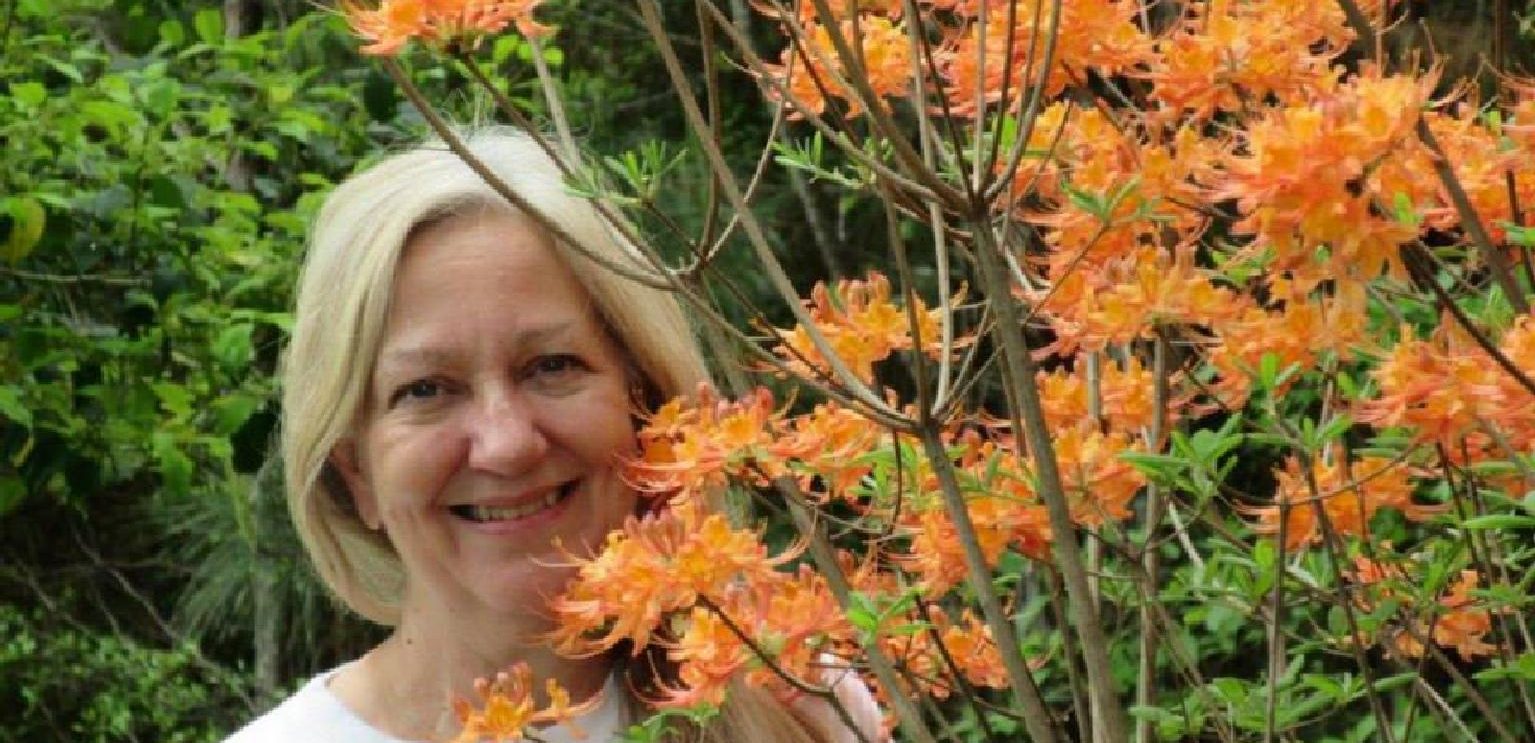NOLA BugLady's Garden Butterflies and Caterpillars
Download a printable copy of Caterpillar Host Plants.
| Black Swallowtail | Parsley, Dill, Fennel, Rue, Cowbane |
| Giant Swallowtail | Citrus, HopTree, Rue, Prickly Ash |
| Pipevine Swallowtail | Pipevine varieties: Aristolochia tomentosa, A. fimbriata, A. durior, A. serpentaria, A. triloba |
| Spicebush Swallowtail | Spicebush, Sassafras, Prickly Ash, Camphor, Sweet Bay Magnolia |
| Tiger Swallowtail | Tulip Poplar, Ash, Birch, Cottonwood, Hop Tree, Wild Cherry, Willow |
| Monarch | Milkweed varieties: Asclepias perennis, A. incarnata, A. tuberosa |
| Viceroy | Cottonwood, Wild Cherry, Willow |
| Gulf Fritillary | Passion Flower vine varieties: Passiflora incarnata, P. lutea, P. caerulea |
| Variegated Fritillary | Passion Flower vine varieties, Violets |
| Common Buckeye | Toadflax, Plantain, Agalinis, Ruellia, Snapdragons, Angelonia, Sedum |
| American Painted Lady | Asters: Cudweed, Everlastings |
| Painted Lady | Hollyhock, Sunflowers, Thistles |
| Red Admiral | Pellitory, Nettle Family: False Nettles, Stinging Nettles, Wood Nettles |
| Question Mark | Elm, Hackberry, False Nettles (Boehmeria), Stinging Nettles |
| Cloudless Sulphur | Cassia varieties: Sicklepod (Cassia obtusifolia), C. bicapsularis, Flowering Senna (Senna corymbosa), Partridge Pea (Chamaecrista fasciculata) |
| Sleepy Orange Sulphur | Sicklepod, Partridge Pea, Flowering Senna |
| Common Checkered Skipper | Arrowleaf Sida (Sida rhombifolia) |
| Clouded Skipper | Various grasses: St. Augustine, Johnson, Wooly Beard Grass (Erianthus alopecturoides) |
| Fiery Skipper | Various grasses: Bermudagrass, St. Augustine, Creeping bentgrass |
| Horace Duskywing | Oak: Red, White, Willow, Northern Red, Scrub, Water, Post and Live Oak |
| Long-tailed Skipper | Legumes: Peas, Beans, Desmodium |
| Silver-spotted Skipper | Wisteria, Black Locust, False indigo (Amorpha fruticosa) |


 On Sunday, April 19, I visited the Tulane River and Coastal Center garden where the
On Sunday, April 19, I visited the Tulane River and Coastal Center garden where the 

